The first thing I have to say about this activity is that it's sticky, messy and doesn't always work, but when it does, it's pretty amazing. Our rock candy recipe has been perfected from many, many attempts to get it to work, so hopefully, we've done most of the hard work for you.
The first time we tried, nothing grew at all as the solution wasn't concentrated enough, the second time, we made it too concentrated, and the whole solution crystallised. The third time it worked!!
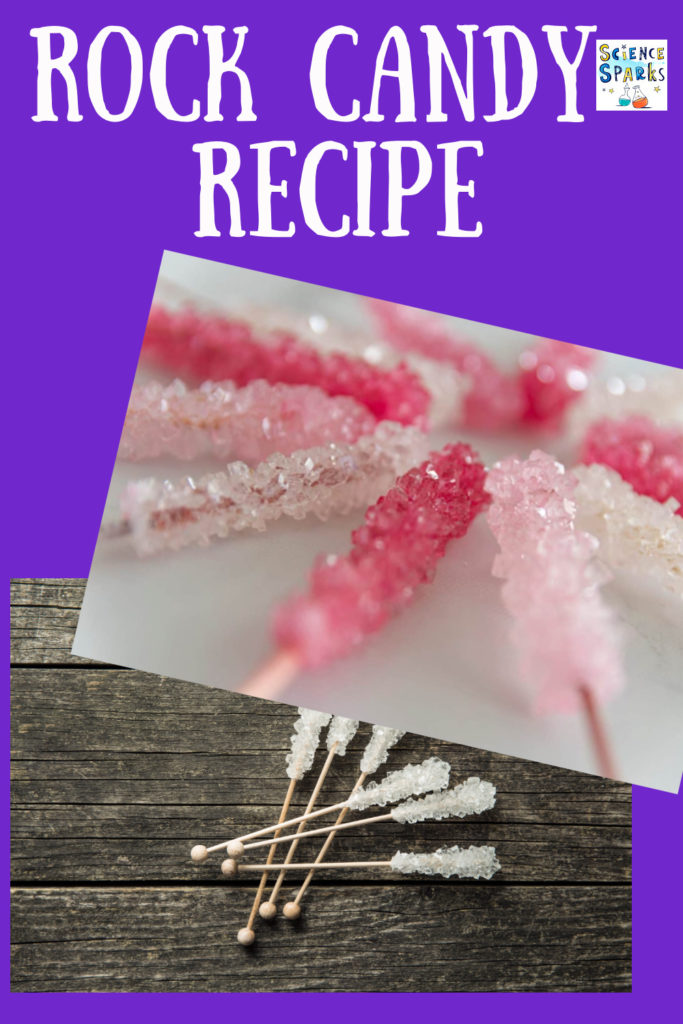
Rock Candy Recipe
3 cups of caster sugar
1 cup of water
A lolly stick, wooden stick or circle of wire/string
A Jar,
Sellotape
Some sparkles and/or food colouring ( optional )
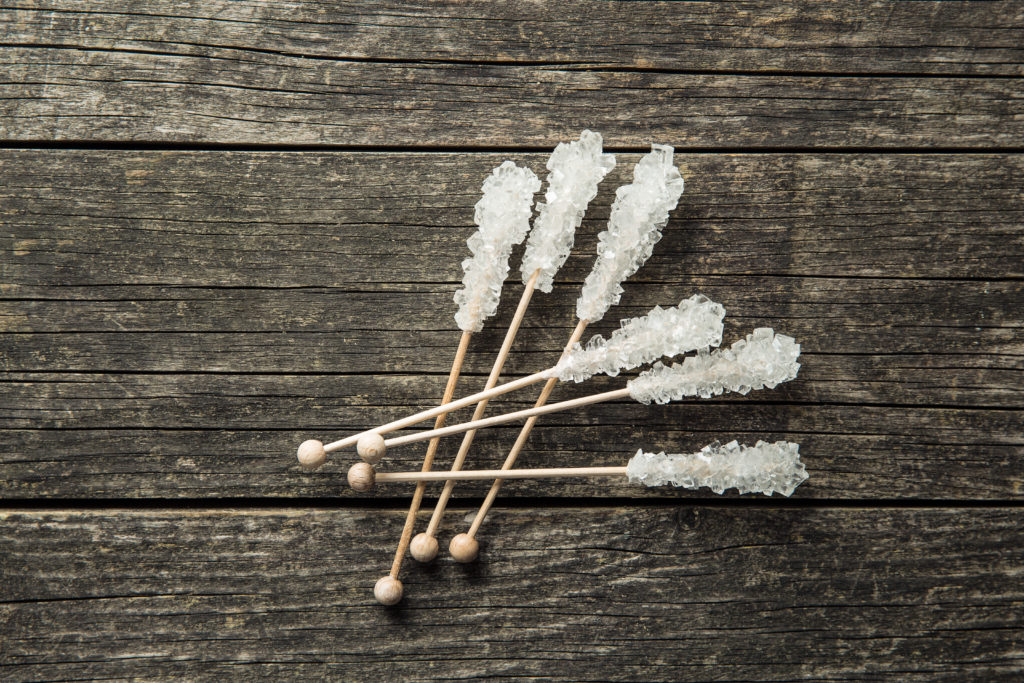
How to make your own rock candy
Heat the water in a pan and add the sugar slowly, stirring continuously.
Keep adding sugar until no more will dissolve, and then remove the heat and leave to cool for about 5 minutes. If you can get a bit more sugar to dissolve, then that's a good thing. You want a saturated solution.
Pour the solution into a glass jar and suspend the lolly stick, we used some sellotape to hold it in place. Don't let it touch the bottom or the sides of the jar.
Alternatively, you could tie some string to a pencil and rest the pencil on top of the jar with the string hanging in the jar.
You should see crystals start to form after a few days.
We made a lolly and a circle to hang on the Christmas tree. I was a bit disappointed with the circle, but we will be trying again with a star!
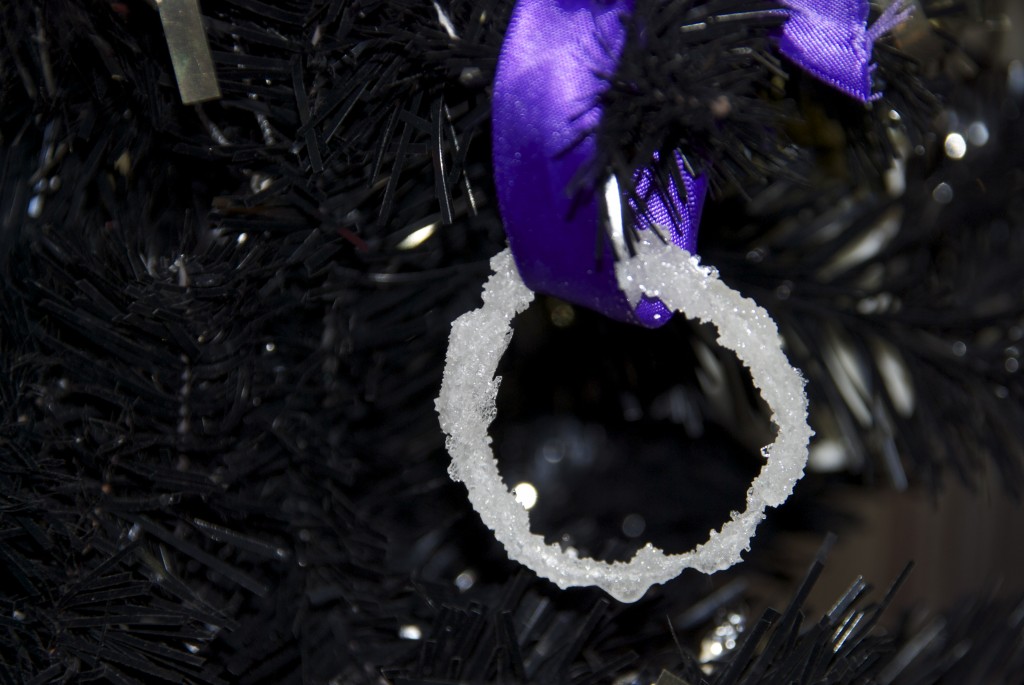
Why does sugar crystallise?
A crystal is a solid material with a naturally geometrically regular form. Some take millions of years to form, such as diamonds. The sugar crystals we made above take just a few days.
Most minerals dissolved in water will form crystals given enough time and space. The shape of the crystal formed depends on the mineral's molecule shape.
In the case of our sugar crystals, there are two processes at work.
Evaporation - the water evaporates slowly, meaning the solution becomes more saturated, so the sugar molecules come out of the solution and collect on the string/wire or stick.
Precipitation - the solution we made was very concentrated, which means there was too much solute to remain dissolved in the water, therefore it starts to precipitate.
What is a saturated solution?
A saturated solution is a solution that won't dissolve any more solute at that temperature. Our water and sugar solution was saturated when no more sugar would dissolve.
What is a solute?
A solute is a solid being dissolved. When making rock candy, sugar is the solute, and water is the solvent.
What is a solvent?
This is the liquid the solute is being dissolved into.
What is a solution?
This is what we call a solute and solvent.
If you enjoyed this activity, you'll love my other candy science experiments!
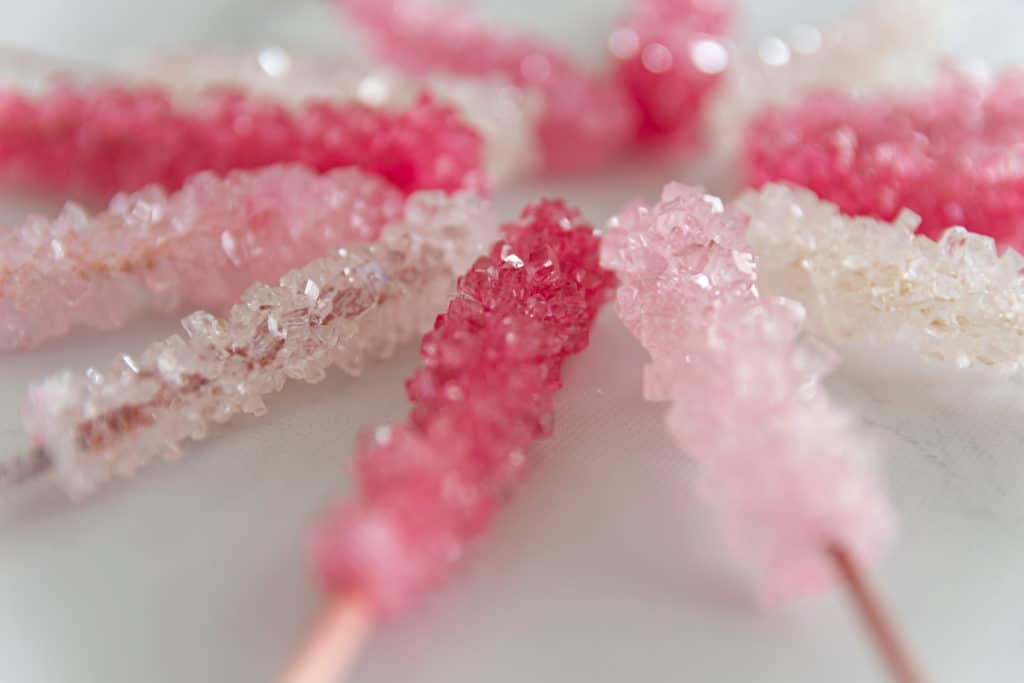
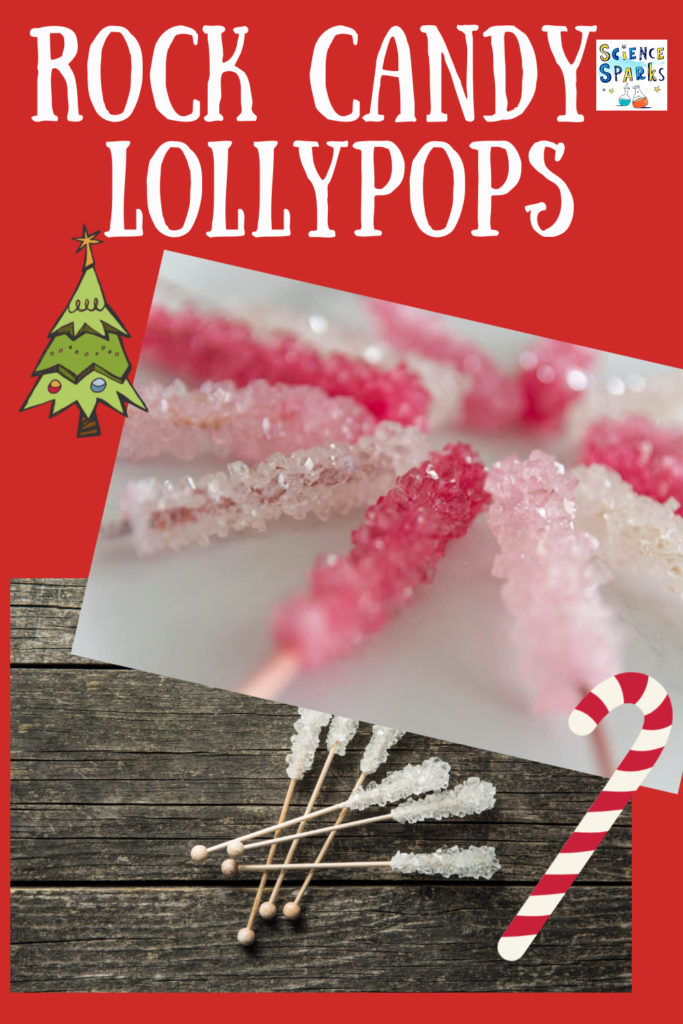
Last Updated on February 20, 2023 by Emma Vanstone
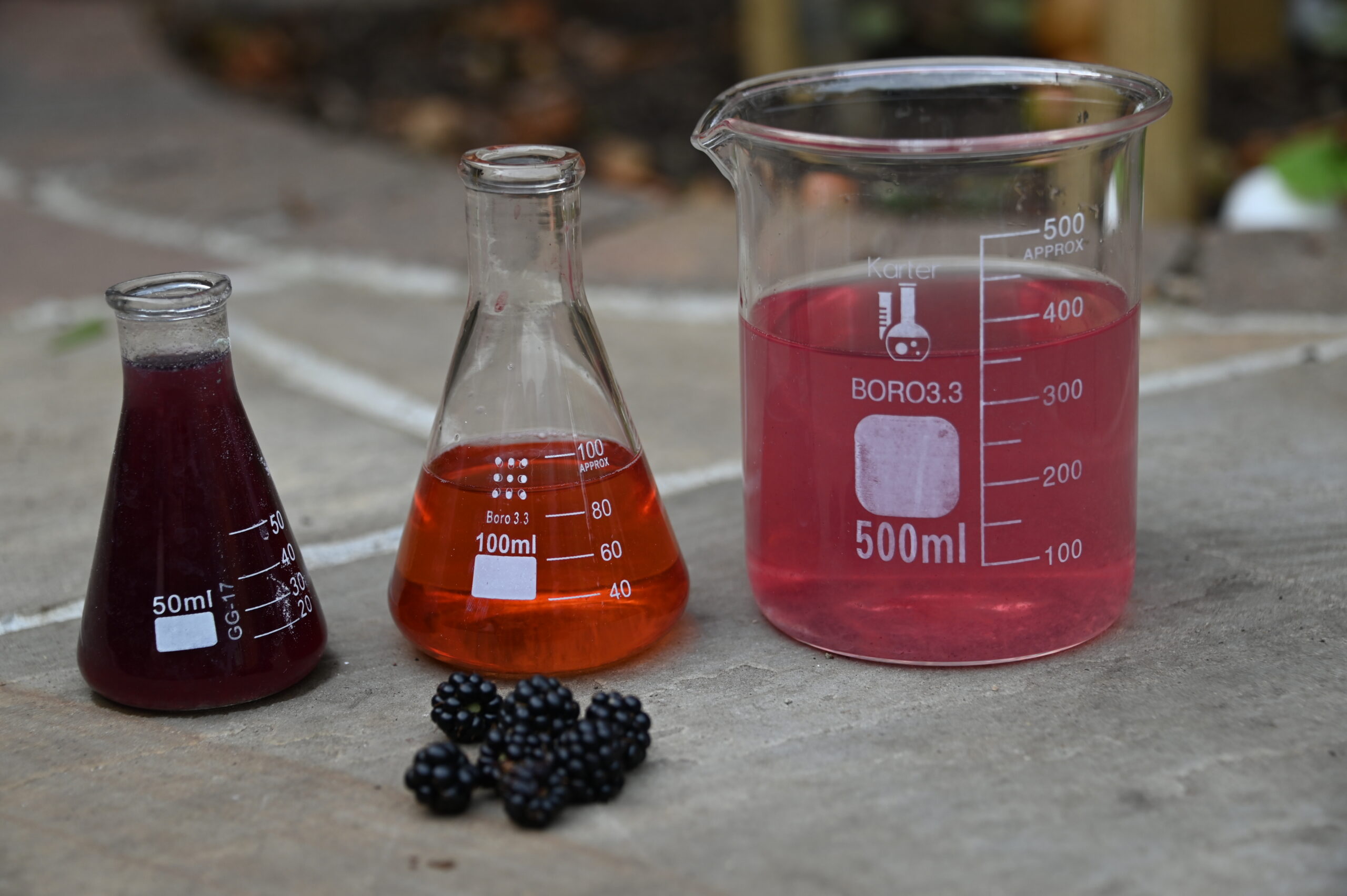
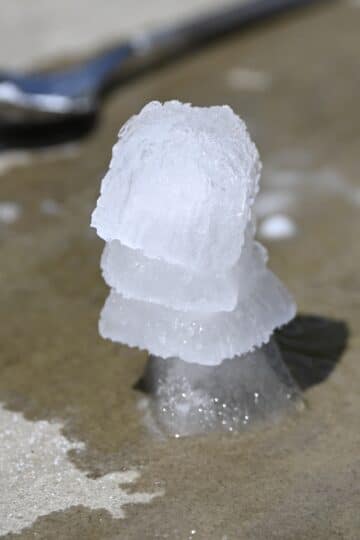
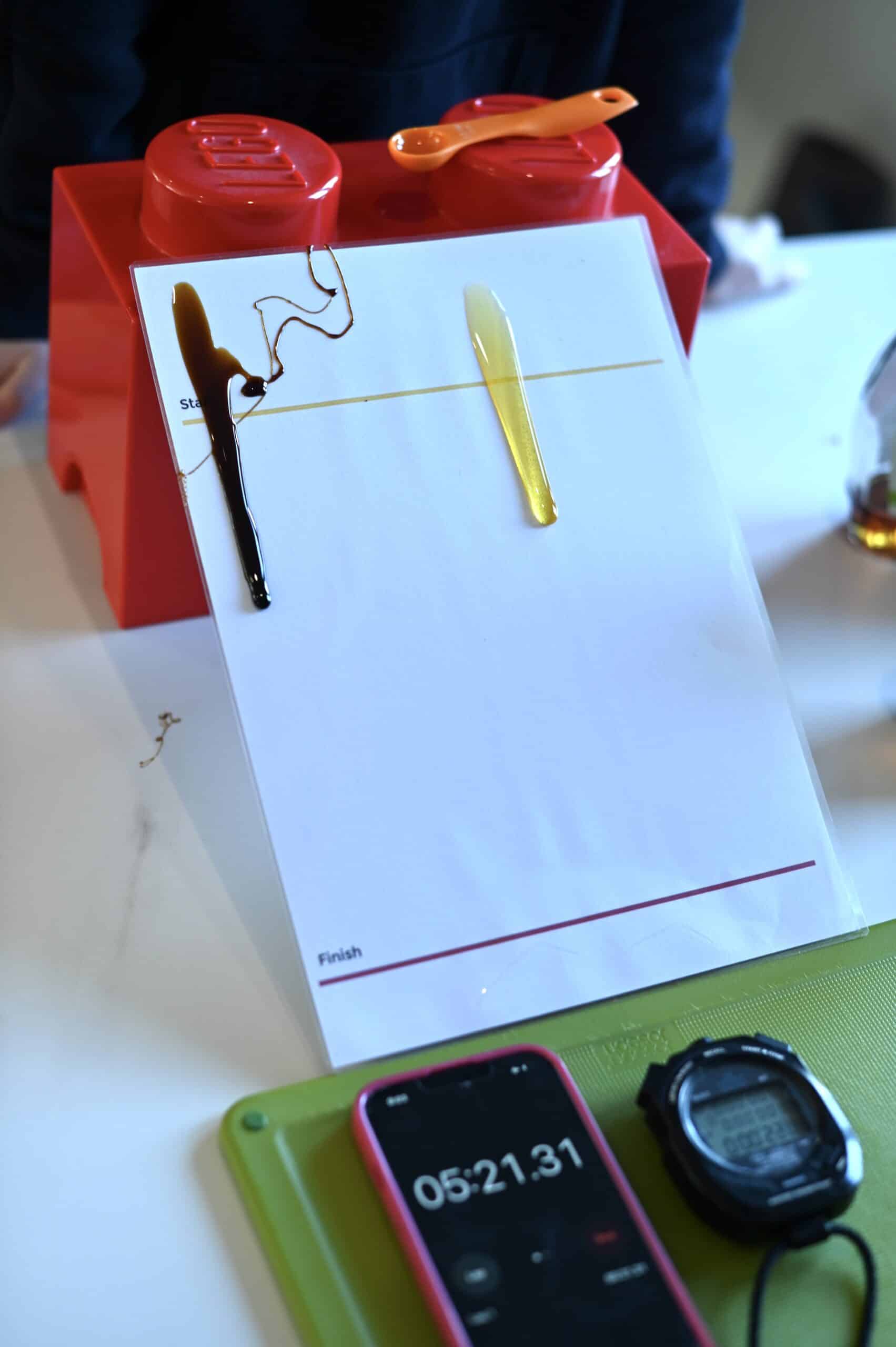
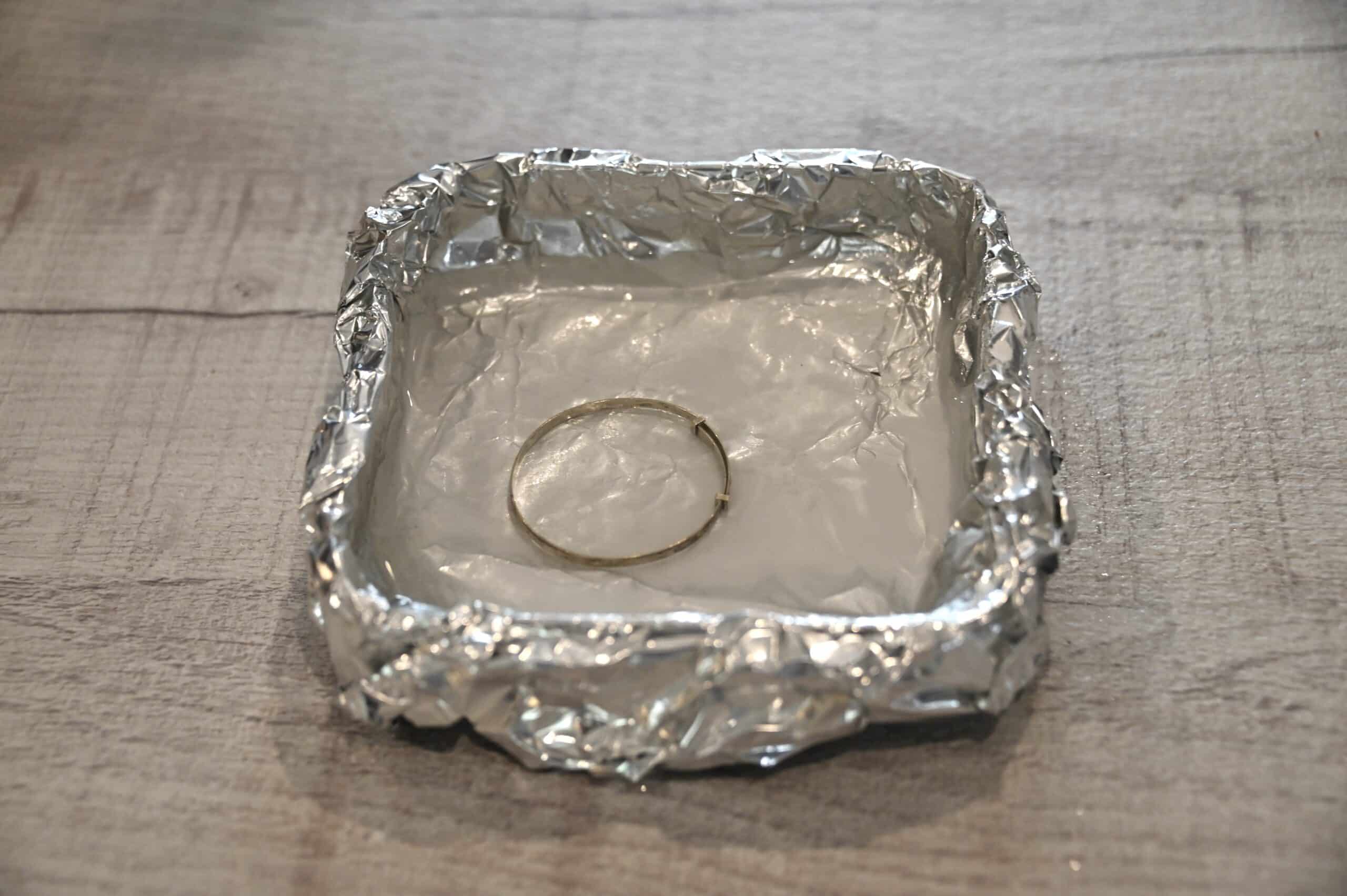
from fun to mum says
This is amazing! such a genius idea!!!!
I might even try and convince husband to give it a go...baby still too little for this.
ScienceSparks says
Fun for adults too!
susankmann says
ooh I love this. Definitely going to try it with my little ones. Thanks for sharing. x
ScienceSparks says
Thank you, good luck with it x
MsXpat says
wow how beautiful and magical. i guess xmas at your house will be a 'bomb', lol
Actually Mummy... says
How cool is that?? Your kids must love being your kids!
ScienceSparks says
Ahhh, thank you. I do try hard. xx
The Iowa Farmer's Wife says
Too cool! We just read a book about these being the entry for a Science Fair! It's called My Blue Ribbon Day (or The Blue Ribbon Day). We'll definitely have to try these sometime!
Rebekah @ The Golden Gleam says
These are amazing!!
ScienceSparks says
Thank you. xx
Melissa @The Chocolate Muffin Tree says
Awesome idea and for an ornament too!
ScienceSparks says
awww, thanks. xx
Heather says
That is really cool!
ScienceSparks says
Thank you. x
Rachel says
Love this idea! My boys will have tons of fun with this. So glad I found your blog (through ABC & 123) - I'm a new follower.
ScienceSparks says
So glad you liked it. x
LoeLaLoep (Heidi) says
They look great, especially with the pink. I'm a very impatient person but still I might try to make this 😉
Almost Unschoolers says
We've had the worst time trying to grow sugar crystals! I'm glad you finally managed it 🙂
Ticia says
My daughter approves of the one that looks like a bracelet!
Thanks for linking up to Science Sunday (yes I am this late on commenting).
Aly says
My kids have brought these home with the yoghurt pot and lollipop stick before.I'll have to get them to try making a bracelet.
maggy, red ted art says
Fantastic! What a perfect Christmas Science Craft.
Thanks for sharing on Kids Get Crafty!
Maggy
Katie says
My kids would be beyond excited to make their own candy. And this is such as simple recipe!
ScienceSparks says
is it simple, although it did take us a few goes!